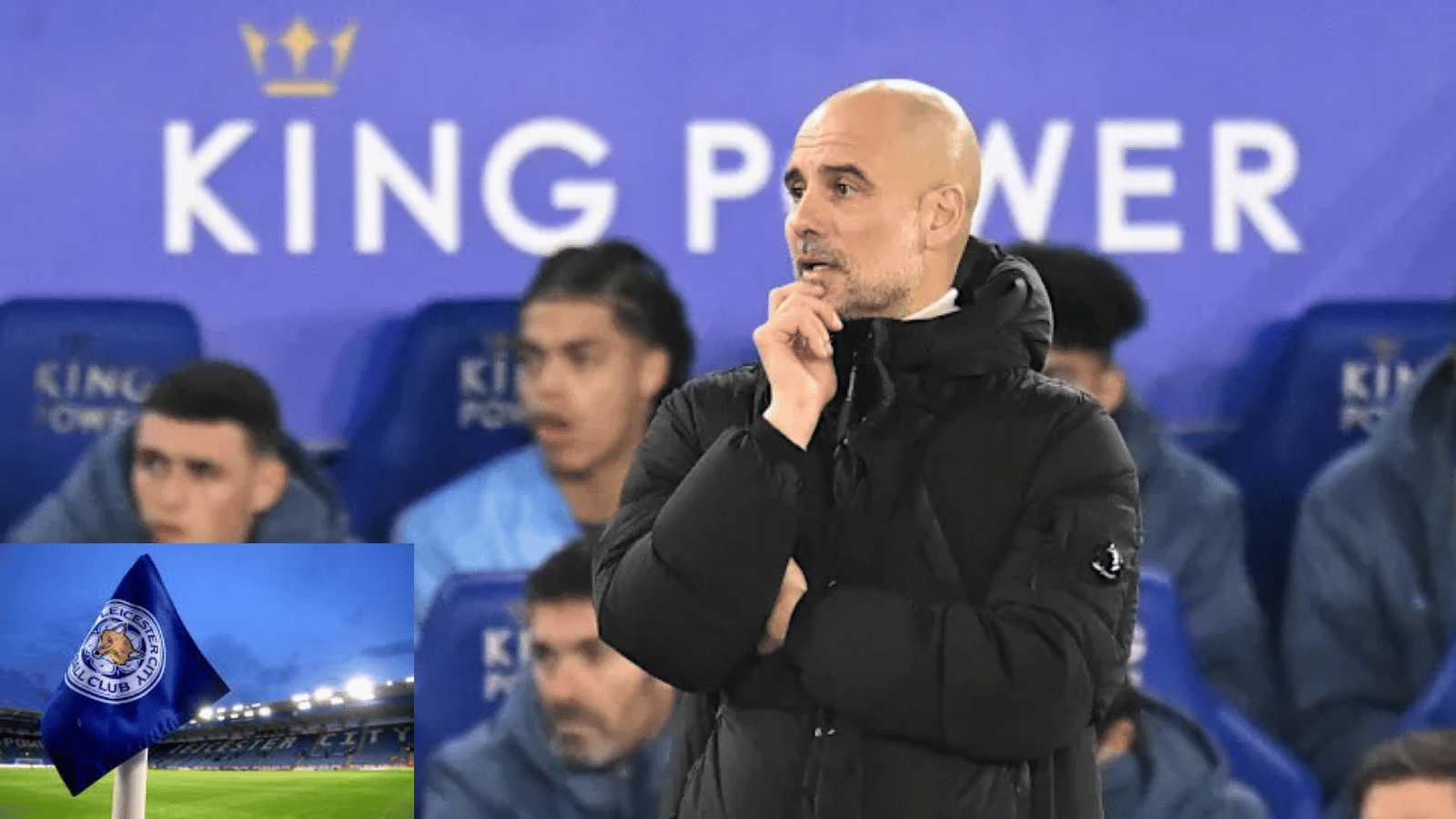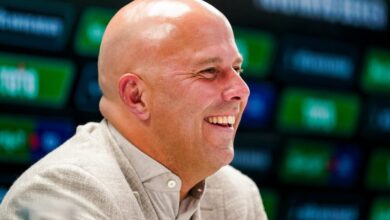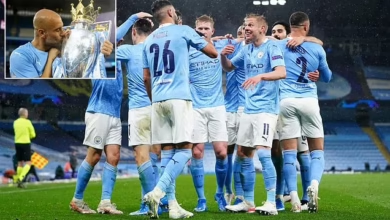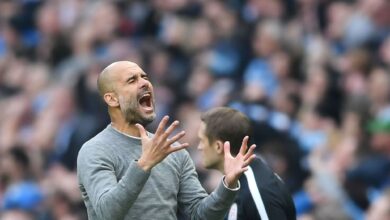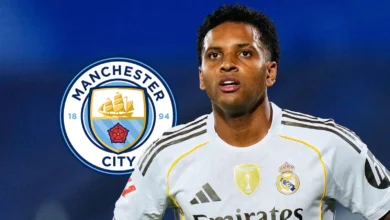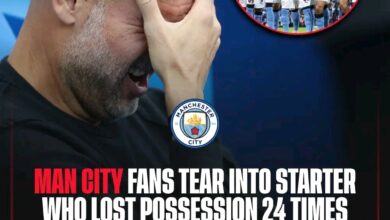Man City Set to Sign ‘One of the Most Exciting Talents in England’
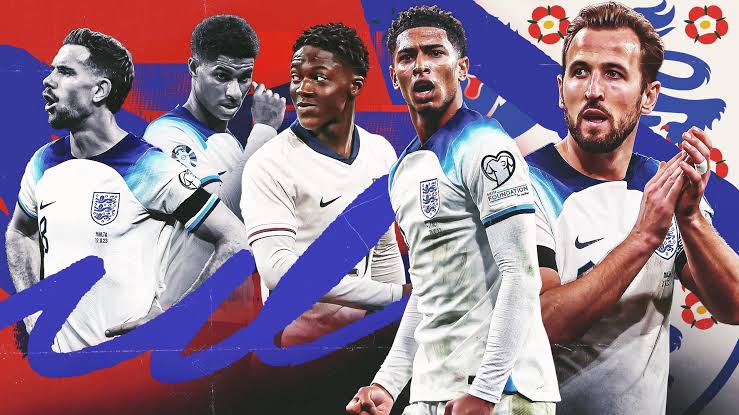
In the ever-evolving landscape of Premier League football, Manchester City’s approach to talent acquisition has undergone a significant transformation. Once characterized by high-profile, established signings, the reigning champions have increasingly pivoted toward identifying and developing football’s next generation of elite players. This comprehensive analysis explores City’s reported pursuit of Leicester City’s 15-year-old sensation Jeremy Monga, contextualizing this potential acquisition within the club’s broader youth recruitment strategy and examining the implications for both the player’s development and Manchester City’s long-term sporting project.
Jeremy Monga represents the archetypal modern football prospect—technically gifted, physically advanced for his age, and possessing the mental maturity to handle accelerated development. At just 15, the left-sided forward has already accumulated impressive statistics across Leicester City’s youth setup, with 16 appearances yielding two goals and five assists during the 2024/25 season. His performances in the U18 Premier League have been particularly noteworthy, where he has contributed one goal and four assists in just five appearances, demonstrating remarkable productivity for a player competing against opponents up to three years his senior
Monga’s precocious talent has not gone unnoticed at Leicester City, with the teenager already making significant strides toward first-team integration. His inclusion on the bench for Leicester’s FA Cup fourth-round clash against Manchester United—one of English football’s most storied fixtures—represents a profound vote of confidence from the Foxes’ coaching staff. This early exposure to senior football environments, even in a non-playing capacity, provides invaluable experience that accelerates a young player’s psychological development and tactical understanding.
What separates Monga from many contemporaries in his age bracket is his multidimensional attacking threat. Unlike specialists who excel primarily in one aspect of forward play, Monga has demonstrated balanced production between scoring and creating—a versatility that aligns perfectly with Pep Guardiola’s fluid attacking philosophy. His designation as “one of the most exciting U-17 talents in England” stems not merely from technical ability, but from his mature decision-making in the final third and tactical intelligence when operating in congested areas of the pitch
Manchester City’s reported pursuit of Monga represents a continuation of their refined recruitment strategy that has gradually shifted emphasis toward securing emerging talent before market inflation dramatically increases acquisition costs. This approach marks a significant evolution from the club’s early Abu Dhabi ownership era, which frequently prioritized established stars commanding substantial transfer fees and salaries.
The January 2025 transfer window provided clear evidence of this strategic pivot, with City making substantial investments in promising youngsters Vitor Reis, Abdukodir Khusanov, Nico Gonzalez, and Omar Marmoush. These acquisitions reflect a deliberate policy of complementing the current championship-winning squad with carefully selected prospects possessing high developmental ceilings.
This strategy serves multiple organizational objectives simultaneously:
1. Financial Sustainability: By identifying elite talent early in their development trajectory, City potentially reduce their long-term recruitment expenditure while securing players whose market values may increase exponentially.
2. Ultural Integration: Younger players immersed in the club’s methodology and values from an earlier stage typically demonstrate stronger institutional alignment and tactical adaptability.
3. Succession Planning: With key first-team figures like Kevin De Bruyne approaching the latter stages of their prime years, proactively securing potential successors ensures continuity of playing philosophy and competitive performance.
4. Regulatory Compliance: The post-Brexit landscape has created additional complexity regarding non-UK youth recruitment, increasing the premium on securing domestic talent like Monga who face fewer registration obstacles.
City’s director of football Txiki Begiristain, working in close collaboration with Guardiola, has meticulously refined this approach over several seasons. The club’s world-class training infrastructure at the Etihad Campus provides the optimal environment for talent development, with seamless progression pathways from academy levels through to first-team integration.
Manchester City’s interest in Monga has not developed in isolation. According to respected journalist Sami Mokbel, the pursuit has evolved into a multi-club race featuring Premier League rivals Chelsea and continental giants Barcelona and Paris Saint-Germain. This elite-level competition for Monga’s signature underscores both his exceptional potential and the increasingly sophisticated youth talent identification networks maintained by Europe’s top clubs.
City’s apparent frontrunner status in this competitive recruitment battle is particularly notable given the caliber of their opposition:
Chelsea: Under the Boehly-Clearlake ownership, Chelsea have invested heavily in youth recruitment, with their academy historically regarded among Europe’s finest talent development systems.
Barcelona: Despite recent financial challenges, the Catalan club maintains powerful allure through their La Masia academy heritage and philosophical commitment to developing technical players.
Paris Saint-Germain: The French champions have invested significantly in youth infrastructure to complement their Qatari-backed financial resources, seeking to reduce dependence on expensive imports.
City’s capacity to emerge as favorites amid such distinguished competition speaks volumes about both their current sporting project’s attractiveness and the club’s increasingly sophisticated approach to youth recruitment. The prospect of developing under Guardiola’s tutelage—widely regarded as football’s preeminent tactical innovator—represents a compelling proposition for ambitious young players and their representatives.
A distinctive element of Monga’s potential transfer involves the likely requirement for a tribunal process to determine compensation for Leicester City. This regulatory mechanism exists precisely for scenarios involving highly promising youth players who have received substantial developmental investment from their formative clubs.
The tribunal would evaluate multiple factors when establishing appropriate compensation:
– Development hours invested by Leicester City
– Club resources allocated to the player’s progression
– Comparative precedents involving similar youth transfers
– The player’s projected future value
While this procedural requirement introduces additional complexity, Manchester City’s extensive experience with similar youth acquisitions provides institutional familiarity with navigating such processes. Mokbel’s reporting suggests the club views this potential complication as a manageable aspect of the recruitment process rather than a significant impediment.
This confidence likely stems from City’s sophisticated legal and administrative infrastructure, which has developed considerable expertise in complex football regulations through necessity. The tribunal process, while potentially increasing the ultimate acquisition cost beyond initial development compensation, enables clubs to secure elite youth talent without waiting for conventional contract maturity—an increasingly common approach among Premier League organizations seeking competitive advantage in talent identification.
Manchester City’s pursuit of Monga must be viewed within their wider talent acquisition framework, which includes parallel interest in other exceptional young prospects. GIVEMESPORT sources indicate City remain determined to secure Norwegian midfielder Sverre Nypan against competition from Arsenal and Aston Villa—another indicator of their comprehensive approach to youth recruitment.
Nypan, at 18, represents a slightly more advanced developmental stage than Monga, potentially positioning him for earlier first-team integration. His reported identification as a potential long-term successor to Kevin De Bruyne reveals the strategic foresight driving City’s recruitment planning, with specific positional succession mapped several years in advance.
This dual pursuit of Monga and Nypan illustrates several key aspects of City’s talent acquisition philosophy:
1. Positional Diversity: By simultaneously targeting prospects in different positions (Monga as a wide forward, Nypan as a central midfielder), City ensure balanced squad development across multiple areas.
2. Staggered Development Timelines: The three-year age difference between Monga and Nypan creates natural developmental staging, preventing concurrent integration challenges in future seasons.
3. Risk Distribution: Spreading investment across multiple high-potential prospects rather than concentrating resources on a single “guaranteed” talent acknowledges the inherent uncertainty in youth development.
4.Competitive Blocking: Securing elite prospects simultaneously denies rivals access to this talent pool, creating both immediate advantage and potential future impediments for competitors.
This multifaceted approach to talent acquisition demonstrates sophisticated strategic planning that extends beyond immediate sporting considerations to encompass broader competitive positioning within European football’s youth development ecosystem.
Pep Guardiola’s influence on Manchester City extends far beyond first-team tactical implementation to fundamentally shape the club’s entire football philosophy. The Catalan manager’s commitment to positional play principles, technical excellence, and tactical versatility directly impacts recruitment priorities at all levels of the organization.
For a prospect like Monga, developing under Guardiola’s methodology—either directly or through academy coaches implementing compatible approaches—offers significant advantages:
1. Tactical Sophistication: Exposure to Guardiola’s complex positional concepts accelerates football intelligence development, particularly valuable for attacking players required to interpret spatial relationships dynamically.
2. Technical Refinement: The emphasis on technical perfection under pressure aligns with the evolving requirements of elite football, where execution quality in confined spaces increasingly determines match outcomes.
3. Positional Versatility: Guardiola’s history of reimagining players’ optimal positions—from Philipp Lahm to Javier Mascherano to João Cancelo—creates opportunities for tactical evolution that might not materialize under different management philosophies.
4. Competition Management: Despite maintaining world-class talent across all positions, Guardiola has consistently demonstrated willingness to integrate deserving young players, providing genuine development pathways despite squad depth.
While Guardiola’s current contract situation introduces some uncertainty regarding long-term succession planning, the institutional implementation of his playing principles throughout City’s academy structure ensures philosophical continuity regardless of first-team management changes. This systemic approach to football development potentially makes City an attractive destination for ambitious young players even amid coaching transition periods
Manchester City’s ability to convert academy investment into first-team integration has improved significantly in recent seasons, with Phil Foden representing the most prominent example of this development pathway. More recently, Rico Lewis has emerged as another academy graduate successfully establishing himself within Guardiola’s senior squad.
For Monga, this proven developmental infrastructure offers multiple potential progression routes:
1. Traditional Academy Pathway: Systematic progression through City’s age-group teams, with customized physical development programming and tactical education aligned with first-team principles.
2. EDS Acceleration: Rapid promotion to Elite Development Squad status for accelerated competitive challenge against more physically developed opponents.
3. Loan System Integration: Structured loan experiences with carefully selected partner clubs featuring compatible playing philosophies and guaranteed development opportunities.
4. Direct Integration: For exceptional talents demonstrating immediate readiness, opportunities for training integration with the first-team environment under controlled conditions.
The comprehensive nature of these development pathways distinguishes truly elite academies from merely productive ones. City’s investment in world-class facilities at the Etihad Campus creates an environment where technical, tactical, physical, and psychological development can be optimized simultaneously—particularly valuable for managing the development of exceptional prospects like Monga whose talent may warrant accelerated progression
Beyond sporting considerations, Manchester City’s pursuit of elite youth talent represents sound financial strategy within football’s evolving economic landscape. While exact figures for Monga’s potential acquisition remain undisclosed, the investment required for securing elite youth prospects typically represents a fraction of equivalent established talent—particularly when accounting for projected talent appreciation.
Several financial factors make this approach increasingly attractive:
1. Market Inflation Insulation: By securing talent before mainstream market recognition, clubs potentially avoid the premium pricing that accompanies established performance at senior level.
2. Amortization Advantages: Longer development timelines enable more favorable accounting treatment of acquisition costs, with potential for extended amortization periods.
3. Salary Progression Control: Structured contracts for developing players typically feature incremental compensation increases tied to specific performance milestones, creating more predictable wage growth.
4.Homegrown Status Benefits: Players integrated into academy systems for sufficient duration potentially qualify for valuable homegrown status, enhancing both registration flexibility and market value.
5. Potential Transfer Profit: Even prospects who ultimately don’t establish themselves in City’s first team potentially generate substantial transfer profit if their development increases market value.
This multifaceted approach to value creation aligns with Manchester City’s increasing emphasis on financial sustainability alongside sporting excellence—a balance increasingly required under evolving financial regulations within European football.
Manchester City’s aggressive pursuit of elite youth talent carries significant implications for Premier League competitive dynamics. By systematically securing the most promising prospects before they reach mainstream recognition, City potentially create a self-reinforcing competitive advantage that becomes increasingly difficult for rivals to overcome.
This strategy impacts competitive balance through several mechanisms:
1.Talent Concentration: Accumulation of exceptional youth prospects creates unprecedented depth that supports sustained competitiveness across multiple competitions.
2. Development Synergies: High-quality training environments featuring multiple elite prospects accelerate collective development through heightened internal competition.
3.Resource Efficiency: Developing rather than purchasing established talent potentially liberates financial resources for strategic established signings in key positions.
4.Competitive Obstruction: Denying rivals access to elite development prospects potentially forces competitors into less efficient market segments requiring premium pricing.
For traditional rivals like Manchester United, Liverpool, and Arsenal, City’s increasingly sophisticated youth recruitment represents a significant strategic challenge requiring corresponding investment in talent identification networks and development infrastructure. The financial gulf between these institutions has narrowed in recent years, placing greater emphasis on recruitment efficiency and development effectiveness rather than raw spending power.
Manchester City’s reported pursuit of Jeremy Monga represents far more than an isolated youth acquisition. It embodies a comprehensive strategic approach to talent development that integrates sporting excellence, financial sustainability, and long-term competitive positioning. By prioritizing the identification and development of exceptional prospects before they reach mainstream recognition, City are constructing a talent pipeline designed to sustain their competitive dominance beyond the current generation of established stars.
For Monga personally, the potential move presents both extraordinary opportunity and significant challenge. Development at Manchester City would provide access to world-class facilities, elite coaching methodology, and a proven pathway to premier league football. However, this opportunity comes accompanied by intense competition, heightened expectations, and the psychological pressure inherent in accelerated development timelines.
The coming months will reveal whether City successfully navigate the complex recruitment process to secure Monga’s signature against formidable competition from Chelsea, Barcelona, and Paris Saint-Germain. Regardless of the outcome in this specific case, the strategic direction remains clear—Manchester City have evolved from financial disruptors to sophisticated talent developers, with youth recruitment increasingly central to their long-term sporting vision.
In this evolving football landscape, the ability to identify, secure, and develop exceptional talents like Jeremy Monga increasingly separates merely successful clubs from truly dominant footballing institutions. Manchester City’s pursuit of the Leicester City prodigy thus represents not merely a transfer story, but a window into the future of elite football talent management—where competitive advantage is increasingly constructed through development foresight rather than market power alone.

